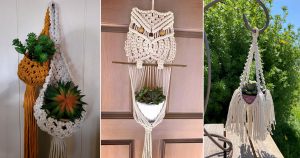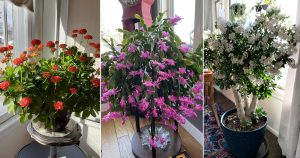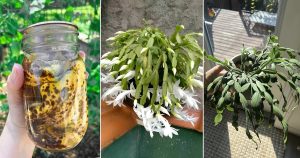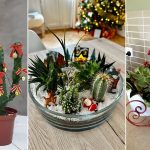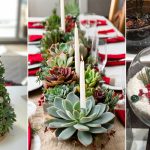Can’t wait to add to your succulent garden? Then here are 5 succulents that you can force to produce more pups!
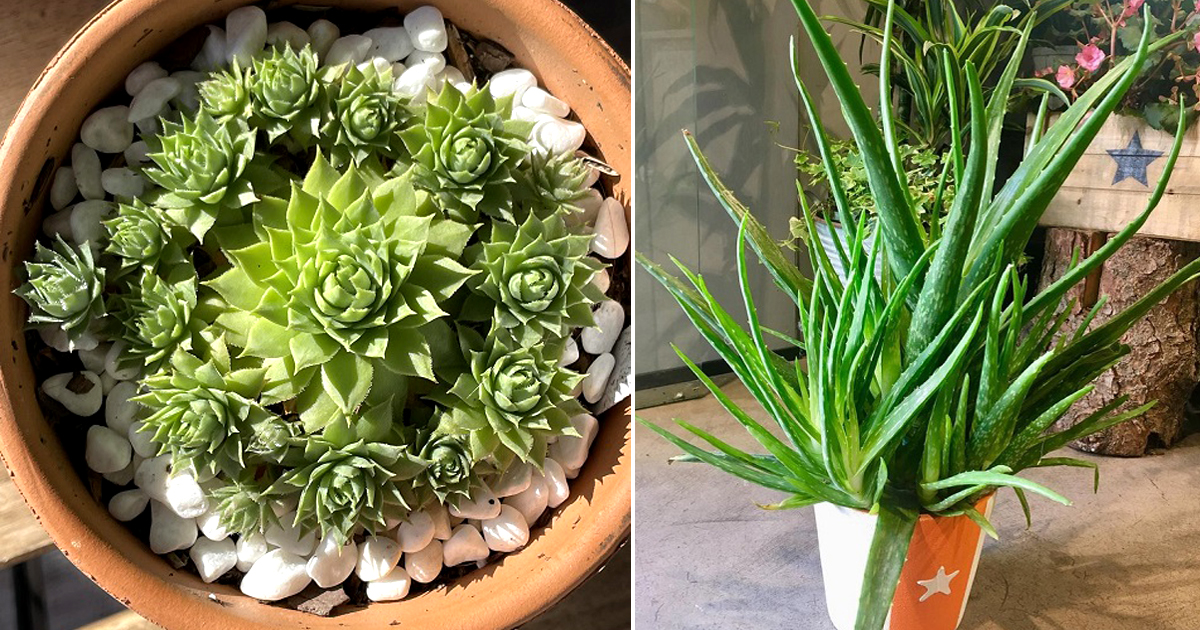
Did you know there are techniques to encourage or even force certain succulents to produce more offsets in the form of pups? This article will talk about five succulents that display this trait! Include them in your plant collection and control their pup production as you will!
Best Succulents that You Can Force to Produce More Pups!
Note that while not all succulents can be forced to pup, the ones on this list respond well to stress, light, and growing conditions that signal them to multiply.
1. Snake Plant
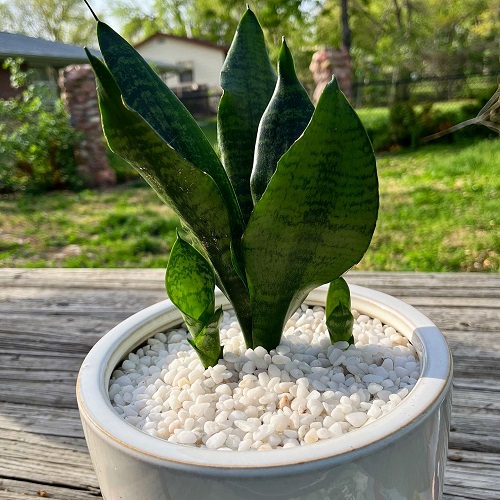
Botanical Name: Sansevieria trifasciata
First up on the list is the iconic snake plant! This common succulent can be found filtering air toxins and beautifying homes worldwide with its large, sword-like, upright leaves. With both practicality and beauty, why wouldn’t you want more of it?
You can force your snake plant to grow more pups by exposing it to a bit of controlled stress! Keep the plant slightly rootbound by growing it in a tight pot. Don’t forget to provide it with bright, indirect sunlight.
Allow the soil to completely dry out between waterings, and use a succulent-friendly fertilizer to encourage rhizome formation—which eventually grows into tiny pups.
Also, avoid repotting too often, as pups usually form when the plant feels a little cramped in its space.
2. Echeveria
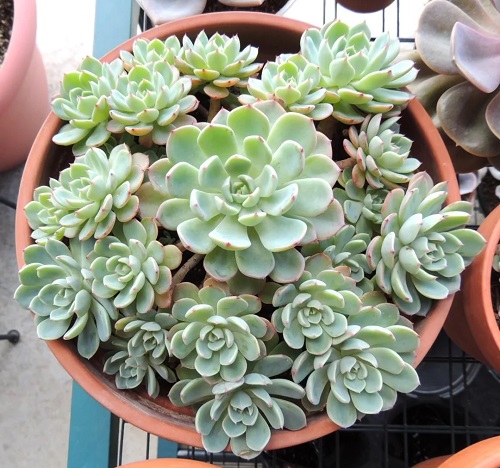
Botanical Name: Echeveria
Forming beautiful and colorful rosettes, Echeveria is a must-have in your home. Depending on the variety, the fleshy leaves of this plant can be pointy or round and show off a bright pink color, especially around the edges.
There are multiple ways to propagate this plant, but using the pups is most efficient. To grow more pups, place your echeveria in a sunny spot and remove the older leaves around its base, as this plant produces pups around the base of the mother plant.
Also, try removing the flower stalk to allow all the energy to be directly channeled to produce pups.
3. Aloe Vera
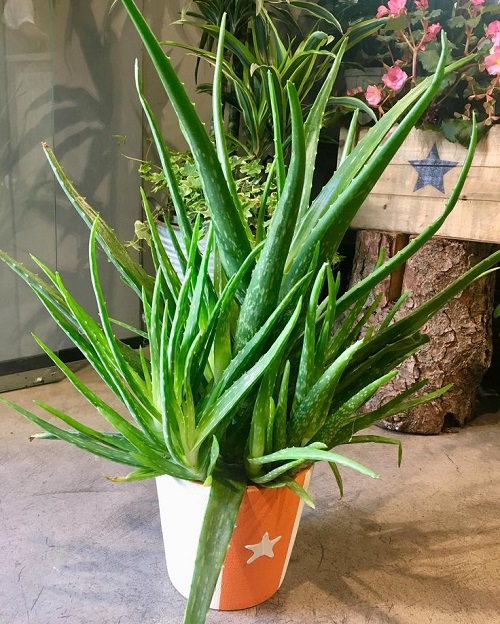
Botanical Name: Aloe Vera
Aloe vera is the perfect plant for a forgetful gardener, as it is easy to grow and easier to maintain! The fleshy, triangular leaves hide many secrets other than just being good looks. The gel within the leaves is used in cooking, for skincare, and as a rooting hormone!
Now with so many uses, you will need a bunch of aloe vera. For that, you must force your mother plant to produce pups by growing it in the most optimal conditions, including bright sunlight and a well-draining potting mix.
Keep in mind to water the plant sparingly, as a bit of stress activates the pup production process. Also, remember that most pups emerge around the base of the plant, hence a wide pot will be beneficial.
Aloe vera also responds well to being slightly rootbound—avoid upsizing the pot unless necessary. You can also scrape a little topsoil near the base to check for tiny pups forming underground.
4. Hens and Chicks
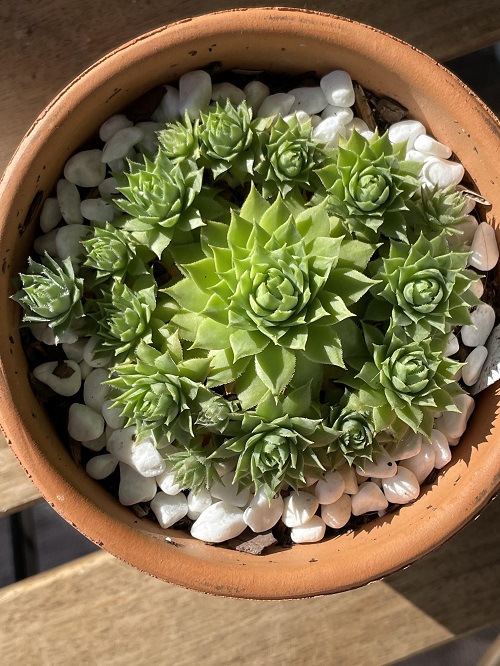
Botanical Name: Sempervivum tectorum
Did you know that Sempervivum is Latin for “live forever?” They say this because this plant easily produces pups and keeps the family tree alive! In fact, the name Hens and Chicks refers to the main rosette and the subsequent offsets, respectively.
It does well in both containers and when mass planted, so you can display it in a wide variety of ways. To get more Hens and Chicks pups, give them full sun for 6-8 hours daily and prevent overwatering.
You should also avoid extreme changes as this plant reacts distinctly to the slightest environmental alterations. Also, try using a balanced succulent fertilizer for more pup production.
After pups form, you can gently separate and replant them once they grow a few roots. Spring and early summer are the best times for this process.
5. Haworthia
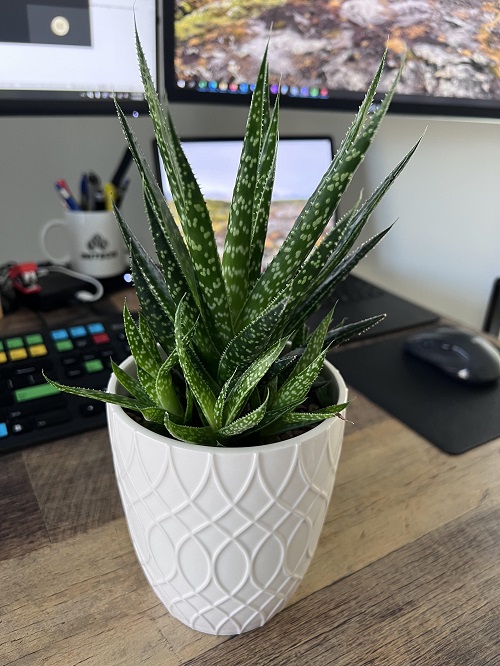
Botanical Name: Haworthia
Haworthias are small and adorable perennial succulents and are a blessing to gardeners facing space issues! They grow even in the toughest of conditions and draw attention to themselves due to their almost transparent leaves!
To force your plant to make more pups, you must provide it with the best growth conditions. It reacts well to bright indirect light (as direct sunlight can scorch this sensitive plant).
Also, reduce the watering frequency so that the soil dries out before the next session.
Note: An unorthodox method of offset formation is coring, in which the base of the stem is carefully cut.
A Quick tip is pup formation is usually triggered by a combination of maturity, light, and stress. So if your plant isn’t producing pups yet, give it time—and resist the urge to pamper it too much! Now that you know the plants that can be forced to produce pups, tell us in the comments which ones top your favorite succulent list.

